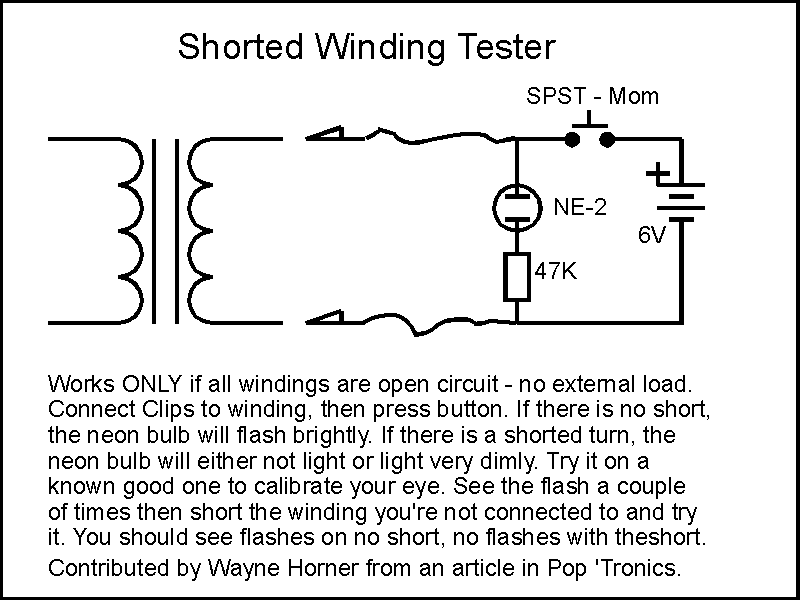I never found a solder sucker that worked as well as good solder wick does...but then again, I haven't looked at solder suckers in 10 years either.
Some rework hints:
If you intend to change the Backplane boards from one configuration to the other, make sure that the component leads you solder in are straight and NOT FLARED on the backside of the board. Flaring the leads will make it a bear to remove them. The Backplane boards have huge thermal mass on purpose because they need very large copper planes to carry the currents produced by this amp in driving the load. As a result of all that copper plane, it takes a good temperature controlled iron to make good solder joints for the connections into these planes. The boards are designed with no thermal reliefs around the vias on purpose in order to drive inductance and resistance of the amp connections to the minimum possible.
If you do not flare the leads, you should be able to rework your connections later on. It is also easier to sacrifice the component to be removed rather than salvage it. Cut the leads off at the body of the component leaving enough of a lead stub to grab it with a pair of tweezers. Apply heat carefully and once the solder is molten, grab the lead stub with the tweezers and extract it. It is always easier to remove a single lead, unattached to a component than to remove leads that are still attached to a component. Unless it is a very high value component, the board is ALWAYS more important than the component (this is close to rule #1). After you have the lead out of the hole, it will be much easier to clear the hole with a solder sucker or solder wick than with a component lead still in the hole.












